FROM THE ATLANTIC TO THE ARABIAN SEA
A Polyphonic Essay on History Text and images by
K. N. CHAUDHURI

CONTENTS
Methods of Polyphonic History
Florence, Fiesole, and the Village of Borgunto
San Miniato al Monte and the Portuguese Chapel
North Africa: the Arab Maghreb
Medieval Traveller and Venice
Yemen and the Hadramaut, the Land of Frankincense
The last Voyage of "Dariabux", Surat Country-Ship, formerly East-Indiaman "Duke of Lorraine"
The Journey to Jezira al-Ghurrab and Qasbah Nazratiya, 1990
ABOUT THE CONTENTS
A historian or a writer is seldom his own illustrator or a creator of visual images. The present volume attempts to combine the sensory impression of a text and a picture through the mind and the vision of a single author. Furthermore, the metaphor of polyphonic writing and thought is applied to narration in order to integrate different fields of the historian's or the image-maker's daily experience of travel, of historical sources, and the world of human emotions. The works contains no particular point, no didactic message, nor a specific text. The concept of polyphonic history is used simply to cement together parallel modes of perceptions and their linguistic expression. The juxtaposition of unrelated themes or objective perceptions is the dreamlike quality of a thinking which assumes that the speaker and the listener both create meaning even out of nonsense and out of images without a picture. A critic describes the book: "the text and the images in it blend into a strange binary totality as if it was a dream imprinted on paper, effulgent, haunting, and articulated through language and vision. The techniques of polyphonic music provide a clue to the way the essay is constructed, in particular the structure of J. S. Bach's bass theme aria in second Anna Magdalena Notebook (1725) and in Cantata BWV 75. In the first part, a "polyphonic chorale" arrangement carries the reader through the description of a historical journey which begins in Italy and then continues to the Atlantic shores of North Africa, the eastern Mediterranean, and the Arabian Sea. In the second part, the classic Baroque musical alternations between arias, recitatives, and chorale are applied to the narration of an astonishing historical story dating from the early 18th century, in which the purity of passion and unfulfilled desire join visions of death ending in a moving climax of spiritual redemption".
ABOUT THE PRODUCTION
Edition limited to 250 numbered and signed copies. Size 26X37 cm. 88 pages. 8 colour photographs, 13 black-and-white illustrations. Text set in monotype Bembo and printed in letterpress. The colour illustrations and the tritones were printed by offset. Cartiere Magnani, Pescia, specially manufactured the water-marked paper. Copies numbered 1-50 are bound in full vellum, numbers 51-240 with vellum spine and Fabriano marbled boards, all with slip case. Ten copies marked A-J are not for sale. Printed at Stamperia Valdonega, Verona, under the supervision of Martino Mardersteig. March 1995.
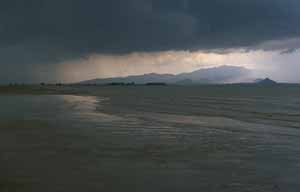
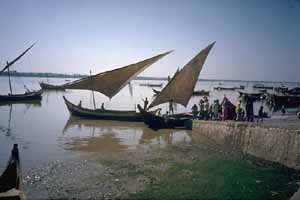



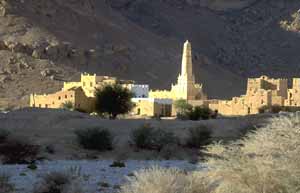

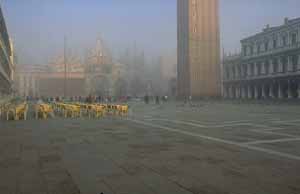
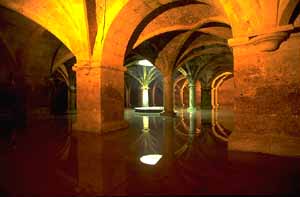



COLOPHON PAGE
GALLERY
MARKETPLACE
SEARCH
JOURNAL
CALENDAR
FEEDBACK